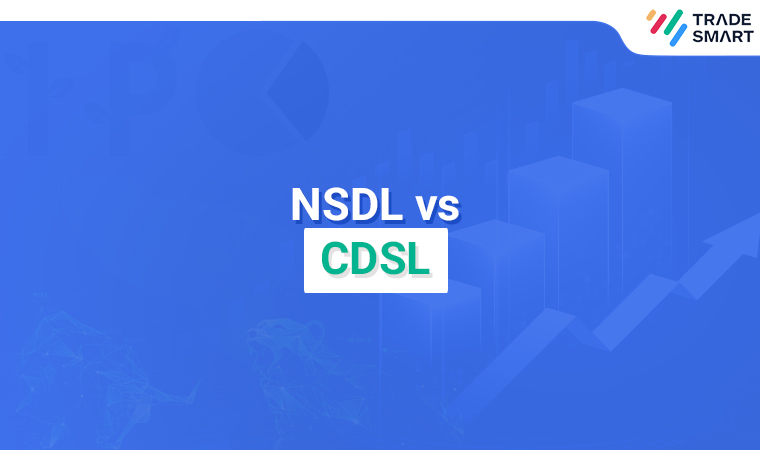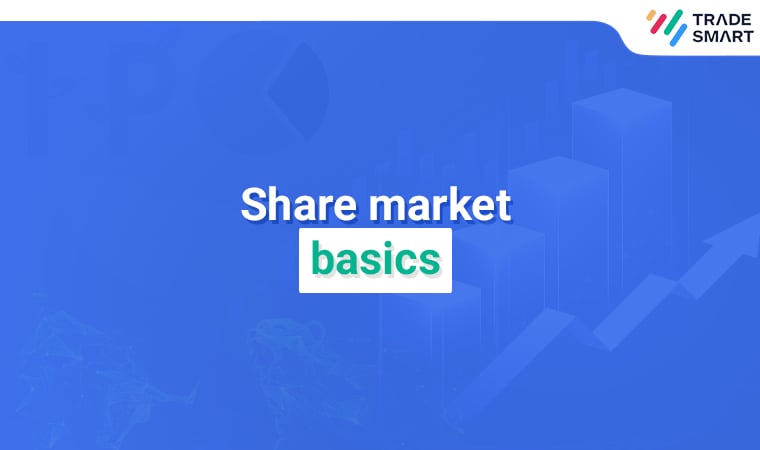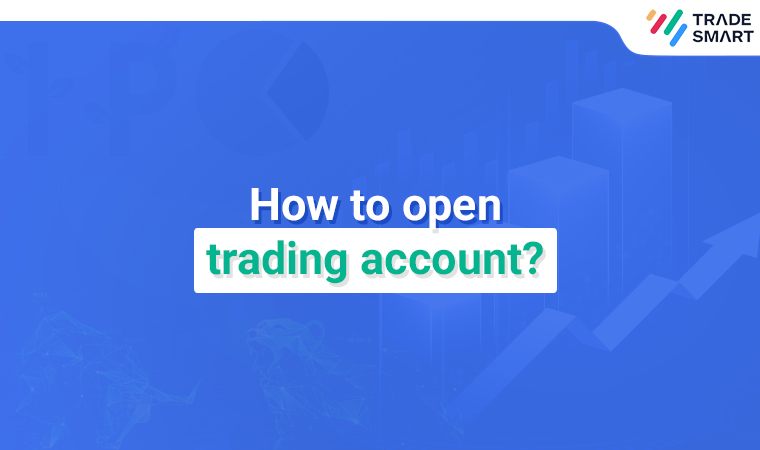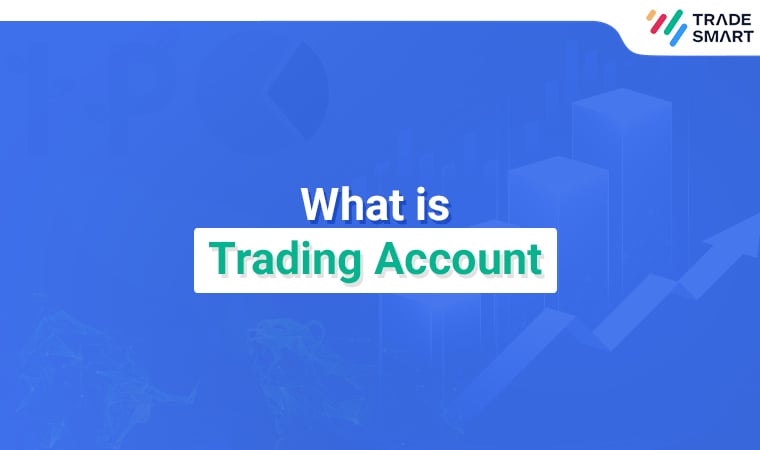Currency is a widely traded commodity across the world. It is more commonly known as foreign exchange trading (forex), the trading of forex is generally done on foreign exchange markets. Forex trading usually takes place over a foreign exchange trading platform, where an individual trader places a bet on the strength and movement of a certain currency against their domestic currency.
Where forex trading doesn’t involve an intermediary, that is it takes place between the trader and the platform, these kind of trades are referred to as binary transactions.
Legality of Forex trading in India
While foreign exchange trading platforms, as well as directly trading in the foreign exchange market are banned in India, currencies can still be traded via the stock exchange. As per the rules of the Foreign Exchange Management Act (FEMA) binary trading is prohibited in India. While the trade of foreign currencies is allowed in India, it comes with some restrictions.
For example, the base currency which is being traded upon has to be Indian Rupee (INR). There are only four currencies which can be traded along with INR. These are the US Dollar (USD), Euro (EUR), Great Britain Pound (GBP), and Japanese Yen (JPY).
These are the steps Indian traders can take to trade in currencies.
Forex Trading in India – The process
In order to successfully start your journey of trading in the forex market is to register and open a currency trading account with a broker with a good international reach, as the market operates across locations like New York, London, Tokyo and Singapore.
The following are the steps to opening a currency trading account:
- Open a Trading Account: Open a new currency trading account with a broker who has a good and proven reputation in the foreign exchange market.
- Complete the KYC: To have a functional trading account, it is essential that the Know your customer (KYC) process is completed. This would require you to submit your ID proof, address proof, PAN details, etc.
- Margin Requirement: You will be required to have a minimum margin in your account before you can commence trading. The broker will inform you about the margin amount you will require in your account, so that you can commence trading at the earliest.
- Access to login credentials: The final step once your account has been opened will be for the broker to provide you with your login details.
Once you have commenced trading in forex, like any other security or commodity, it is essential to take informed and calculated decisions.
Pros of Forex Trading
The main attraction to forex trading is the ease of investment and the returns it yields. These are some of the advantages of forex trading:
- Leverage: Leverage is a trading mechanism which allows traders to increase their exposure to the market, by allowing them to pay less than the full amount of the investment.
- High Liquidity: Another advantage of forex trading is that it has a higher level of liquidity, as compared to other trading opportunities. Traders can easily liquidate their positions. A higher liquidity also generally prevents the risk of major change in price.
- High Volatility: In Spite of forex being a risky trading option,high volatility can help experienced traders make good profits.
- Decentralized Market: As the forex markets are decentralized, they are less likely to be affected by price manipulations, as compared to stock markets, where insider information can result in major fluctuations.
- Minimum Capital Requirement: Unlike other investment and trading options, where a huge starting capital is required, forex trading requires a relatively low starting capital.
- Demo Accounts: Most forex trading platforms allow traders to trade with demo money initially, until they are able to understand the market movements.
Forex trading also comes with a few cons:
- High Leverage Risk: Leverage can act as a double edged sword. While it allows its traders a wide market exposure, it also leads to higher levels of losses. If a trader is relatively inexperienced in the forex world, they can be looking at major losses.
- Uncertainty: Unlike the stock and equity market, the forex trading market is heavily reliant on global cues, geopolitical, and socio-economic factors. Therefore a trader can never be completely certain of a change in price. There is always a bit of uncertainty present.
Tips for Forex Trading
In case you are new to the world of forex trading, or trading altogether, these are some of the tips which can be of help to you:
-
Through the research of the market
Every market where trading of securities, commodities or forex takes place, are most likely to be affected by a wide range of factors, both local as well as global. It is necessary to have a wide range of data regarding market trends, and historical performances of the currencies against each other, and all factors which influence the rise and drop in value of the currency. Doing thorough research on all of this before commencing investment in the foreign exchange market will prove to be a powerful tool in your arsenal.
-
Assess the performance of research Strategies
You will need to conduct an in-depth and thorough research to analyze and assess the various investment and trading strategies which are available which have yielded higher returns in currency trading. It would be additionally beneficial if you compare the different strategies, and formulate your own personal and effective strategy, which aligns well with your requirements and goals.
-
Keep the currencies you trade constant
It is always advisable to trade with one to two pairs of currency, so that you can ensure that you are diverting your interests. Keeping a constant focus on your asset while trading is the first very essential lesson that a trader must learn. Irrespective of the instrument. For example, if you are trading with Indian National Rupee (INR) and European Euro (EUR), stick to this combination for a longer period of time, than changing to US Dollar (USD), Great Britain Pound (GBP) or Japanese Yen (JPY). As this improves your consistency in earning,, and will help you learn about their market conditions.
-
Be Aware of your Goals
Before you can commence your investing journey, it is extremely important that you identify what you aim to achieve from trading and investing. You need to set goals for yourself. Goals could mean anything from short term goals, like a family vacation, or paying off a mortgage or loan, to long term goals like, wealth creation, secondary source of income, replacing your primary source of income, children’s school or college fund, their marriage, or even your retirement. Based on the timeline you have given yourself to achieve these goals, you must choose an appropriate investing / trading strategy, which is best suited to achieving the aforementioned goals. For instance you can adopt a more aggressive approach for short term goals, while your approach to long term goals can be relaxed.
-
Set your own limits
While formulating your strategy, it is advisable to identify and mark out in advance at which point you would be comfortable in the trade. Knowing when to take an entry and exit from a trade will allow you to be in control, and will help you understand the market fluctuations. This will allow you to achieve your goals easily.
While trading in foreign exchange, these points can act as a guide, which if followed well, may help in your understanding of forex trade, and also help you in achieving your goals, in an efficient manner.
Understanding and being aware of the instrument you are trading is important as it will help you make sense of the market conditions and equip you to understand the fluctuations in currency.











